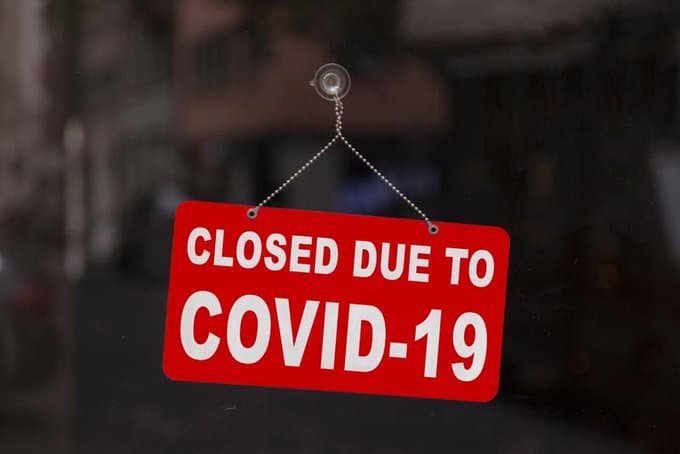South Australia has closed its borders to residents of Greater Melbourne as of midnight last night (Wednesday).
The decision is in response to the rising number of Covid-19 infections being reported from the cluster at the Holiday Inn quarantine hotel at Melbourne Airport.
At the time of writing there were 10 confirmed cases. The latest two are household contacts of hotel workers already infected with the virus.
Queensland to require border declarations from Saturday
Queensland has also reacted by announcing that people travelling from Victoria must complete border declarations so that authorities there can assess if they may have visited an exposure site.
But the Sunshine State has stopped short of closing its borders. The new rules will be imposed from 1am on Saturday.
Speaking at a media conference to announce the new border closure, SA Police Commissioner Grant Stevens and Chief Public Health Officer, Professor Nicola Spurrier, said the only people from Greater Melbourne who are allowed to enter the state are those returning home, genuinely relocating, or essential travellers.
SA still allowing travellers from regional Victoria to enter
People coming from regional Victoria are still permitted to enter SA through the cross-border permit system, but will need to have virus tests done on days one, five and 12.
“Our steps in South Australia are taken with an abundance of caution to make sure that we are minimising the risk, but at the same time, not taking steps that aren’t deemed to be necessary,” the police commissioner said. “It’s a very dynamic and moving situation,” he added.
At this stage, there is no indication of how long South Australia will likely keep the border restrictions in place.
The outbreak at the Holiday Inn quarantine hotel is proving concerning for health authorities in Melbourne. Three of those with the virus are from the same family, who were infected before entering Victoria.
Most of the hotel infections are linked to a nebuliser
The state’s Chief Health Officer, Professor Brett Sutton, said the family cases seemed to be linked to the use of a nebuliser by one of the family. A nebuliser vaporises medication into a fine mist that can then be inhaled and is used by, among others, asthma sufferers.
“If that’s breathed in, especially when it’s used as medication, and someone is infectious or later tests positive, then that picks up the virus,” he explained at a press conference. “That mist can then be suspended in the air with very, very fine, aerosolised particles.
“So we think that the exposures are all related to that event – the use of a nebuliser – which then meant that the virus was carried out into the corridor and exposed the authorised officer, the food and beverage service worker and also the other resident.”












